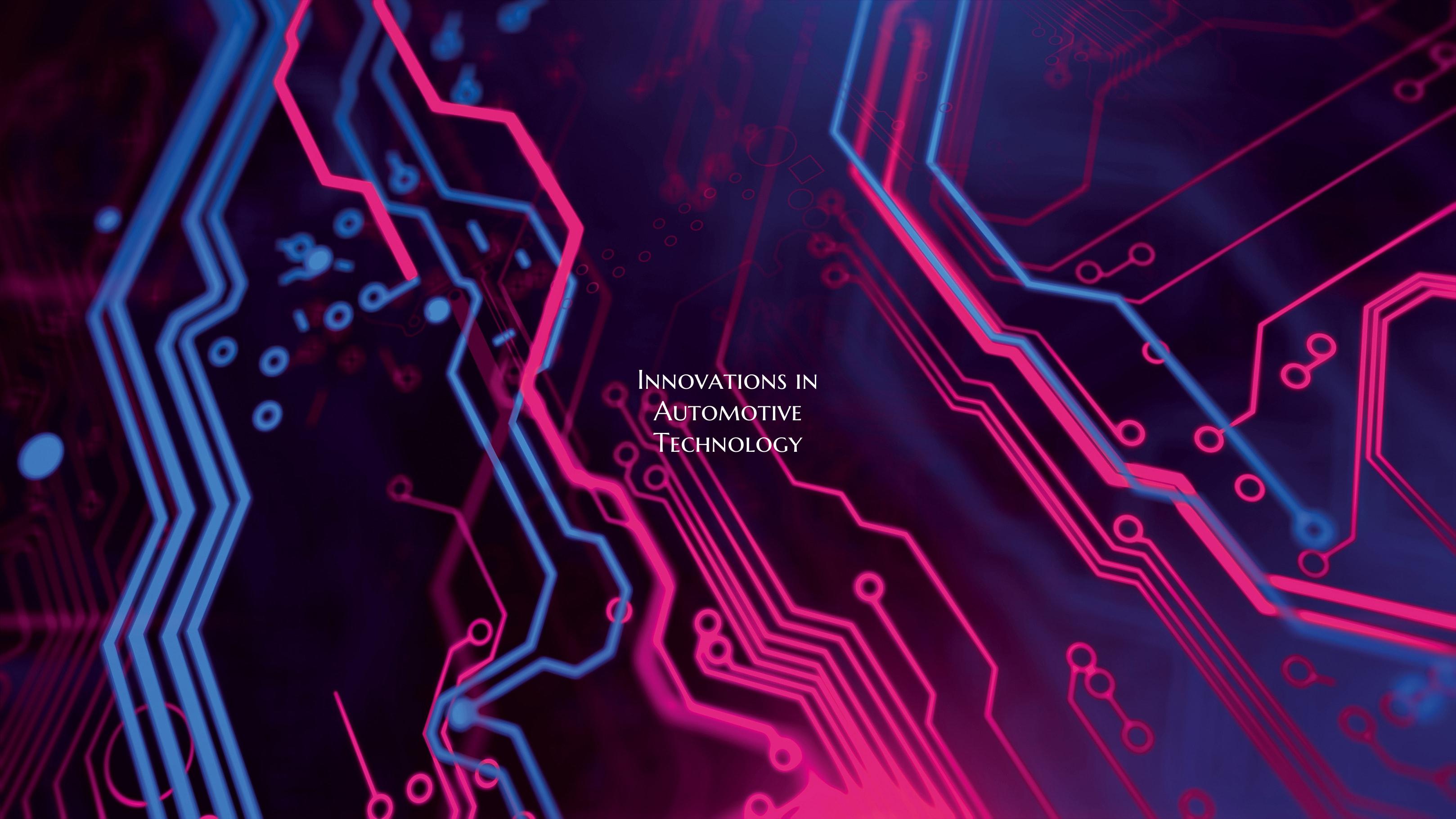Innovations in Automotive Technology
In today's rapidly evolving world, the automotive industry is constantly at the forefront of innovation. Technological advancements are reshaping the way vehicles are designed, produced, and used, leading to safer, more efficient, and environmentally friendly cars. From electric vehicles to self-driving features, the following are some of the key innovations shaping the future of automotive technology.
1. Electric Vehicles (EVs): Electric vehicles have gained significant momentum in recent years, offering an environmentally friendly alternative to traditional gasoline-powered cars. Improvements in battery technology have extended the range of EVs, making them a more practical choice for consumers. Companies like Tesla have been at the forefront of this technology, pushing the boundaries of what electric cars can achieve in terms of performance and range.
2. Autonomous Driving Technologies: Self-driving cars are no longer a thing of science fiction; they are becoming a reality thanks to advancements in sensors, cameras, and artificial intelligence. Companies like Google's Waymo and Tesla are developing autonomous driving technologies that promise to revolutionize the way we commute. These systems have the potential to reduce accidents, improve traffic flow, and provide greater accessibility to transportation for people with disabilities.
3. Connected Vehicles: The Internet of Things (IoT) has made its way into the automotive industry, leading to the rise of connected vehicles. These cars can communicate with each other and with infrastructure, providing real-time data on traffic conditions, weather, and potential hazards. Connected vehicles also offer features like remote diagnostics, predictive maintenance, and over-the-air software updates, enhancing the driving experience and improving safety.
4. Advanced Driver-Assistance Systems (ADAS): ADAS technologies, such as lane-keeping assistance, adaptive cruise control, and automatic emergency braking, are becoming standard features in modern vehicles. These systems use sensors and cameras to help drivers stay safe on the road by providing warnings and interventions when necessary. ADAS technologies are a stepping stone towards fully autonomous driving and have already proven to reduce accidents and save lives.
5. Augmented Reality Displays: Augmented reality (AR) is making its way into car dashboards, providing drivers with enhanced navigation, entertainment, and safety features. AR displays can overlay useful information, such as turn-by-turn directions or hazard warnings, onto the windshield, reducing the need for drivers to take their eyes off the road. This technology promises to improve situational awareness and make driving more intuitive and enjoyable.
In conclusion, innovations in automotive technology are reshaping the future of transportation, making cars safer, more efficient, and smarter than ever before. With electric vehicles, autonomous driving technologies, connected vehicles, ADAS, and AR displays leading the way, the automotive industry is on a path towards a more sustainable and technology-driven future.

